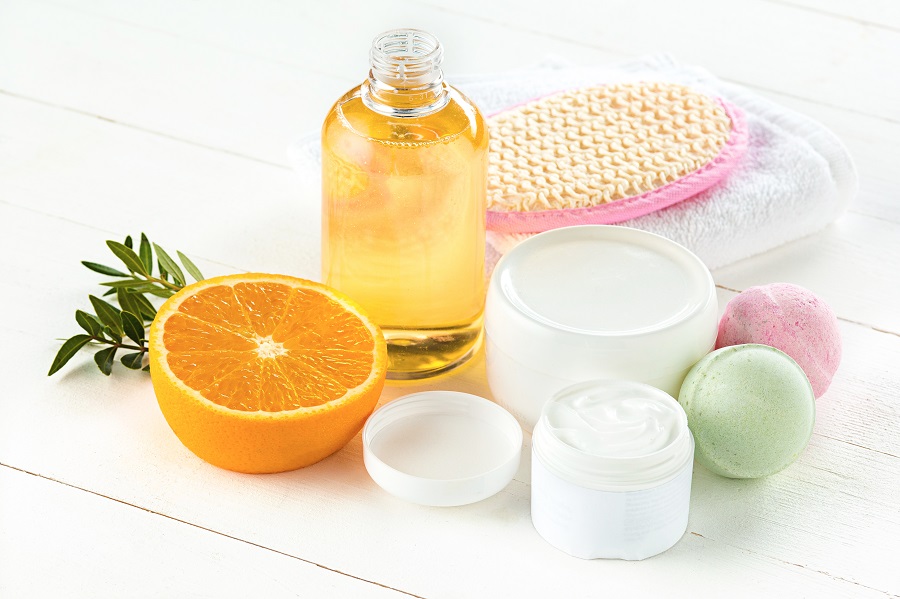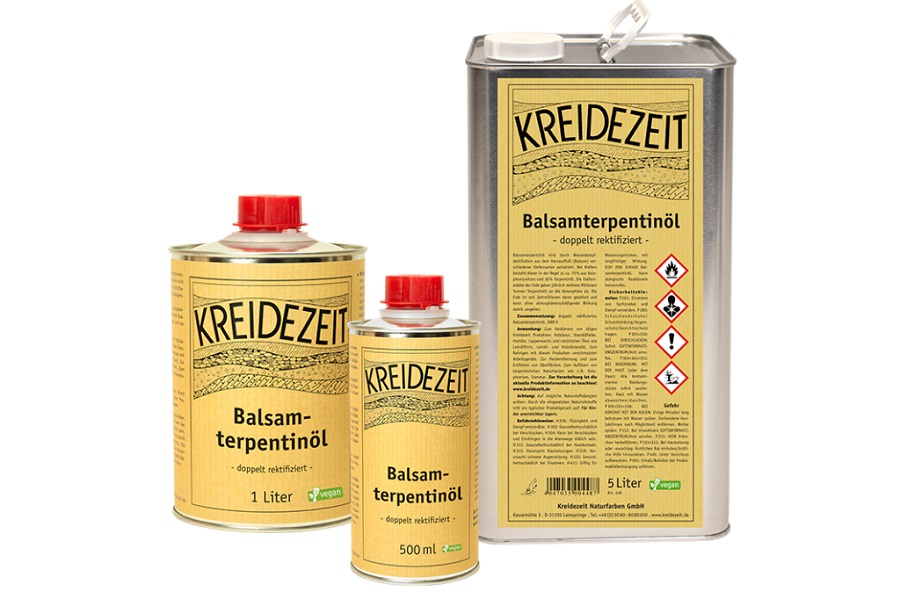The use of natural wood finishing products is gaining more and more ground. Natural oils and waxes have always got on very well with wood, nourishing and protecting it and bringing out its beauty. Oil, wax and shellacl were the first materials used to finish furniture and other objects, and now many people who work with wood or use the resulting products are turning to them. But it's not just the way the finished wood looks that makes them choose wood. Natural products are healthier and much better for people and the environment.
To best penetrate and protect the wood, oil and wax must be more fluid. Their viscosity can be lowered by adding solvents. But not all solvents are natural, and using the wrong ones makes natural products less natural and harmless. That is why special natural solvents must be used for such uses. What they are and what their characteristics are, we shall see below.

Citrus or orange peel oil
It is an oil obtained, as the name suggests, from orange peel. Although it contains a small amount of oil (0.2-0.3%), the amount of peel resulting from the juice-making process is very large, so there is plenty of raw material. It is obtained as a by-product in the juicing process. In fact, two types of oil are obtained in this process. One is food grade oil and the other is the actual solvent. The food-grade is extracted with the juice, then separated from the juice and distilled to produce a flavored oil used in the food industry. The husks left after the juice is squeezed out are transported to a steam extractor to extract the remaining oil. The steam is then condensed and the oil separates at the surface where it is recovered.
In recent times, the use of citrus fruit oil has expanded greatly. It is used in the manufacture of paints, cleaning materials or for flavoring various products. In the cleaning materials industry the development has been greatest, and it is used for both industrial and household cleaning products. The solvating properties of orange oil are comparable to those of ordinary solvents, and the fact that it is non-toxic makes it preferable to organic solvents.
You can also make your own orange peel oil which, mixed with beeswax, can be used to protect furniture or to flavor natural hand or face creams. To do this, scrape off the colored part of the orange peel and leave it to dry for 2-3 days. Then put it in a jar with a lid and add natural alcohol from natural fermentation or grain vodka. The alcohol should cover the peel. Leave for 4-5 days stirring vigorously from time to time. Strain the liquid through a coffee filter and put it back into the jar which you leave without a lid, just covered with gauze. In a few days the alcohol will evaporate and you will be left with the natural oil.
If you want to avoid all this work that results in far too little oil, you can get orange peel oil from Naturalpaint. Kreidezeit oil is 100% natural and can be used for dilution linseed oilsof tung and lazures and natural oil-based paints.

Turpentine balsam - oil obtained from the resin of pine, fir or other resinous trees
Another natural solvent used to dilute oils and waxes is turpentine balsam, i.e. turpentine made from resin (balsam). Turpentine balsam is different from turpentine obtained by distillation of petroleum, also called white spirit, in that its composition is completely different. However, petroleum turpentine is much cheaper and is therefore often preferred in paint manufacturing processes.
Oil or balsam of turpentine is extracted by steam distillation from the resin of various species of resinous trees, especially pine. However, oils can also be obtained from other resinous trees. Canada balsam is made from the resin produced by fir trees, and Venice turpentine is made from larch resin. The latter has a honey-like color and is used in oil paintings and to treat horses' hooves. To collect the resin, the trees were cut horizontally in the bark in a V-shape. To heal the wound and protect itself, the tree secreted more resin which was collected at the end of the V.
The resin consists of approximately 70% ros rosin resin and 30% turpentine oil. The product is completely natural and environmentally friendly, with pine forests around the world releasing millions of tons of turpentine oil into the atmosphere every year. Resin-derived turpentine is a clear, low-viscosity essential oil with a distinctive, pungent fresh aromatic odor and a pungent bitter taste.
Oil of turpentine balsam is used in the manufacture of varnishes, as a solvent for oil and wax and as a raw material in the chemical industry. Like orange peel oil, it can be used to degrease and clean surfaces and utensils used for applying oil and wax. You can also find it at Naturalpaintunder the Kreidezeit brand, recognized for its 100% natural products.

Ethyl alcohol/denatured alcohol
A natural solvent that can be used without any problems when it is derived from the fermentation of fruits, grains or other vegetables with a high sugar content is ethyl alcohol. It is fully miscible with water, so there are several concentrations of alcohol that can be used.
Fermentation ethyl alcohol used as a solvent or reaction medium in industry is also called denatured alcohol. Ethyl alcohol from fermentation is usually used to produce alcoholic beverages, which requires special taxes. In order to avoid these taxes, which would greatly increase the price, very small amounts of substances are added to the alcohol to make it undrinkable (it causes vomiting).
Ethyl alcohol can be used for dissolving shellac flakes, extracting volatile oils (orange peel oil), degreasing surfaces, removing stains and old paint or cleaning tools. It is also a very good agent for cleaning fungus and mold from surfaces.
I hope you find the information interesting. If you have any questions or queries, please leave them below in the space provided. I will certainly reply.




































Add comment